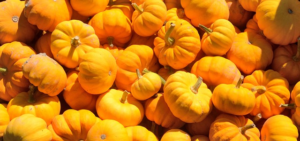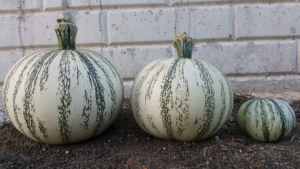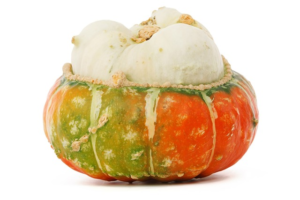
Single piece costs Rs. 20 in Kohima
Chizokho Vero
Kohima | July 30
Low squash yield has been reported from many parts of Nagaland this year leading to a spike in its prices.
Due to low production, five pieces of Squash is currently going for Rs. 100 in the state capital Kohima – or Rs 20 for a single piece.
Chayote (Sechium edule), commonly called ‘squash’ or as “Eskos” in Nagaland, is one of the most abundantly found fruits in the state and mostly grown in the kitchen garden.
A fruit according to its botanical classification, Chayote is described in the Encyclopaedia Britannica, as a perennial vine of the gourd family (Cucurbitaceae), cultivated for its edible fruits. Cucurbitaceae include other crops like cucumber, pumpkins, watermelon, zucchini, etc.
Chayote, however, is generally considered a vegetable in food preparation and widely cultivated as one for human and livestock consumption.
“We use to get sufficient Squash by the ending part of May in earlier years. But till now, it failed to bear adequate fruit,” worried Moba, a resident of Midland, Kohima.
He maintained that Squash plant grows well like the previous years but fail to bear fruit.
Thuputhiyi from Phek, who owned abundant Squash plants around his residential compound, said “Till date our Squash plant bear only four piece.”
He also told The Morung Express that the leaves also developing yellowish.
A horticulture official when contacted said that the low yield could be the change of rainfall pattern this year.
“It is surprising but I am expecting a good yield by August,” said another resident of Kohima.
Low yield of Squash too reported from Pughoboto Sub Division of Zunheboto district.
Squash is an essential part of local cuisine. Apart from the fruit, the leaves are also used to prepare various dishes.
A staple diet of both young and old, especially the ailing, it is used widely due for its easy digestibility and other nutrients. It is used as vegetable in culinary preparations while ‘boiled’ or steamed squash is preferred by health conscious people.
The Centre for Agriculture and Bioscience Internationa (CABI) informed that as wild populations and related wild species are found in Central America, and the region is most likely the centre of origin of chayote, which spread later throughout the tropics and subtropics, including Asia.
According to an ICAR research study (2015), Cayote is mostly grown in high hills of Meghalaya, Manipur, Mizoram, Nagaland, Sikkim and Darjeeling of West Bengal.
Source: https://morungexpress.com/index.php/low-yields-of-squash-spikes-prices-in-nagaland






